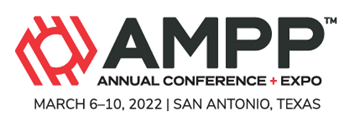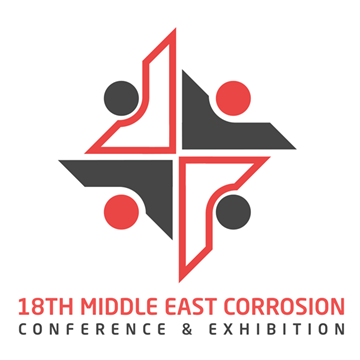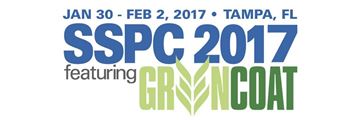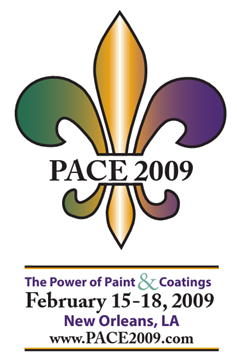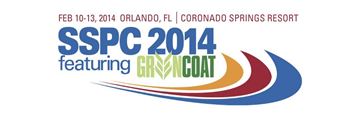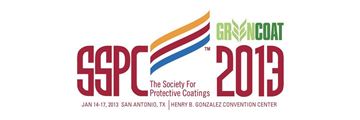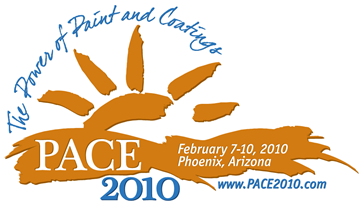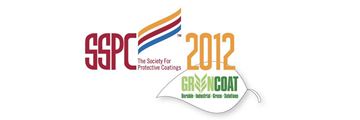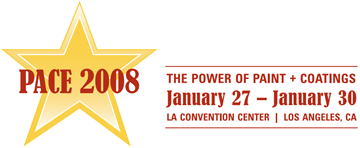Search
Products tagged with 'osha'
View as
Sort by
Display
per page
Developments In Abrasive Blast Nozzle Technology: Reducing Noise Exposure While Preserving Nozzle Performance And Usability
Product Number:
51322-18086-SG
Publication Date:
2022
$20.00
Effective Shop and Field Solutions for Compliance to OSHA 1926.754
Product Number:
41206-228-SG
Publication Date:
2006
$20.00
High Performance Solutions for the Mitigation or Elimination of Corrosion Under Insulation (CUI)
Product Number:
MECC23-20243-SG
Publication Date:
2023
$20.00
Ladder Safety - Protecting Workers from a Complex Hazard
Product Number:
51217-051-SG
Publication Date:
2017
$20.00
Polyurethane Coatings: OSHA’s NEP Program and Review of the Safe Use and Handling of High Performance Coatings from the Isocyanate Supplier’s Perspective
Product Number:
41214-816-SG
Publication Date:
2014
$20.00
Regulatory Update: Current and Emerging Trends in Occupational and Environmental Health
Product Number:
41214-828-SG
Publication Date:
2014
$20.00
Regulatory Update: Current and Emerging Trends in Occupational and Environmental Health
Product Number:
41213-757-SG
Publication Date:
2013
$20.00
Regulatory Update: Current and Emerging Trends in Occupational and Environmental Health
Product Number:
41210-542-SG
Publication Date:
2010
$20.00
Regulatory Update: Current and Emerging Trends in Occupational and Environmental Health
Product Number:
41212-683-SG
Publication Date:
2012
$20.00
Regulatory Update: Current and Emerging Trends in Occupational and Environmental Health
Product Number:
41208-423-SG
Publication Date:
2008
$20.00

